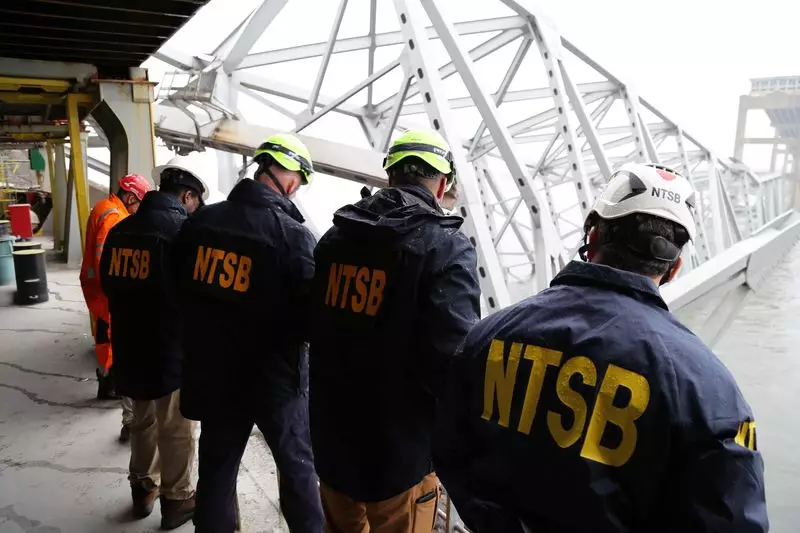The recovery efforts following the tragic Baltimore bridge collapse have been nothing short of heart-wrenching. Divers were able to retrieve the remains of two of the six missing workers, confirming the fears that were lingering after the cargo ship’s impact on the Francis Scott Key Bridge. The bodies of Alejandro Hernandez Fuentes and Dorlian Ronial Castillo Cabrera, both young men with bright futures ahead of them, were found in a red pickup truck submerged in the frigid waters of the Patapsco River. Quite tragically, the death toll is so far at six workers, whose lives were lost in a matter of minutes due to this catastrophe.
The Baltimore bridge, like many others in the United States, was classified as “fracture critical” by the federal government. This classification means that if one part of the structure fails, the entire bridge is at risk of collapsing. With over 16,800 similar bridges in the country, it’s clear that this is not an isolated issue. The lack of structural engineering redundancies in the Key Bridge made it particularly vulnerable to the catastrophic collapse that occurred in the early hours of that fateful Tuesday morning. This collapse may be one of the worst in the U.S. since the infamous I-35W bridge collapse in Minneapolis in 2007.
The financial repercussions of the Baltimore bridge collapse are staggering. President Joe Biden has promised federal support for the rebuilding efforts, but the true cost remains to be seen. Initial estimates suggest that it could take upwards of $600 million to reconstruct the bridge, a daunting figure by any measure. Insurance companies are bracing for potential claims that could reach as high as $4 billion, setting the stage for what could be a record disaster in terms of shipping insurance losses. The road to recovery will be long and arduous, both emotionally and financially.
The closure of the Francis Scott Key Bridge has had far-reaching consequences beyond the tragic loss of life. The bridge was a vital artery for the city of Baltimore, handling a significant amount of traffic on a daily basis. The port, one of the largest in the country, has been effectively shut down, leading to disruptions in the flow of goods and commodities. The city stands to lose millions in revenue due to the closure, with estimates suggesting that just a month of port inactivity could cost Maryland upwards of $28 million. The impact on the local economy, as well as the wider shipping industry, cannot be overstated.
The Baltimore bridge collapse is a stark reminder of the fragility of our nation’s infrastructure and the need for vigilant oversight and maintenance. The loss of life, the financial burden, and the ripple effects on the local economy underscore the importance of investing in safe and resilient infrastructure. As we mourn the lives lost in this tragedy, we must also look towards the future and work towards preventing similar disasters from occurring again.

